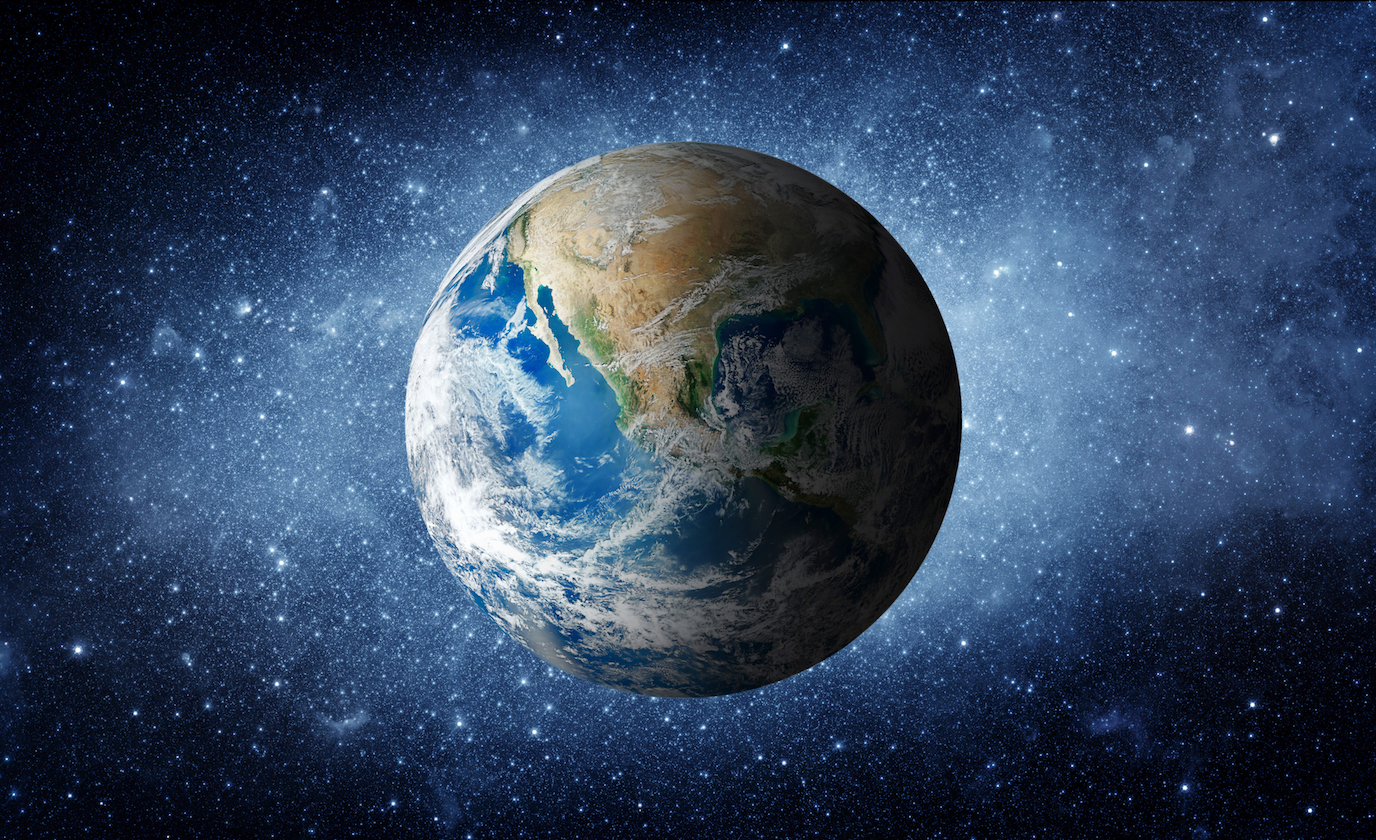
Earth’s sixth mass extinction could occur by 2100
Our Earth has gone through five mass extinction events in the last 540 million years. Each of these events came with an enormous shift in the normal cycling of carbon through the Earth’s atmosphere and oceans, unfolding over thousands to millions of years and resulting in the extermination of marine species across the planet.
Carbon emissions are a major part of what scientists believe to be expediting climate change in our world today, causing a lot of the scientific community to wonder whether the carbon cycle may be on the verge of shifting again – with the consequences being a sixth mass extinction.
Determining whether or not our recent dramatic increase in carbon emissions – which have risen since the 19th century – could actually result in another mass extinction is no easy task. For scientists, it’s tough to relate the carbon anomalies of the ancient past, which occurred over thousands to millions of years, to the carbon increases today that have only been happening for the last century.
However, in a recent paper published in Science Advances, Daniel Rothman, a professor of geophysics at the Massachusetts Institute of Technology (MIT), analyzed the changes that occurred in the carbon cycle during the last five extinction events, allowing him to identify the “thresholds of catastrophe” in the Earth’s carbon cycle. He posits that if these thresholds are exceeded, it would lead to an unstable environment and trigger a mass extinction.
Rothman writes that mass extinction could occur if one of two thresholds is crossed. The first is for changes in the carbon cycle – occurring over long timescales – to happen at rates faster than the planet’s ecosystems can adapt. The second is for carbon perturbations that occur over shorter timescales (such as what we’re experiencing today), where the rate of the changes actually do not matter, rather, the magnitude of the change will determine the likelihood of another mass extinction.
Projecting outward, Rothman predicts that a sixth extinction event would depend on if a critical threshold of added carbon to the oceans is reached. He calculates this amount to be roughly 310 gigatons, and estimates that human activities will have added this amount to the Earth’s oceans by the year 2100.
“This is not saying that disaster occurs the next day,” Rothman clarifies. “It’s saying that, if left unchecked, the carbon cycle would move into a realm which would be no longer stable, and would behave in a way that would be difficult to predict. In the geologic past, this type of behavior is associated with mass extinction.”
The author says it could take about 10,000 years after this threshold is reached for any true extinction to occur. But the main issue is that by this time, we will have ventured into “unknown territory.”
Rothman determined these data points by deriving a mathematical formula based on physical principles relating the critical rate and magnitude of change in the carbon cycle to the timescale that divides fast and slow change. “It became evident that there was a characteristic rate of change that the system basically didn’t like to go past,” Rothman says.
Under the best-case scenario, humans will add 300 gigatons of carbon to our oceans by 2100. In the worst-case scenario, the number could be as high as 500 gigatons. If Rothman’s calculations are accurate, the carbon cycle will either be close to or over the threshold by 2100.
“There should be ways of pulling back [carbon dioxide emissions],” Rothman says. “But this work points out reasons why we need to be careful, and it gives more reasons for studying the past to inform the present.”
—
By Connor Ertz, Earth.com Staff Writer













